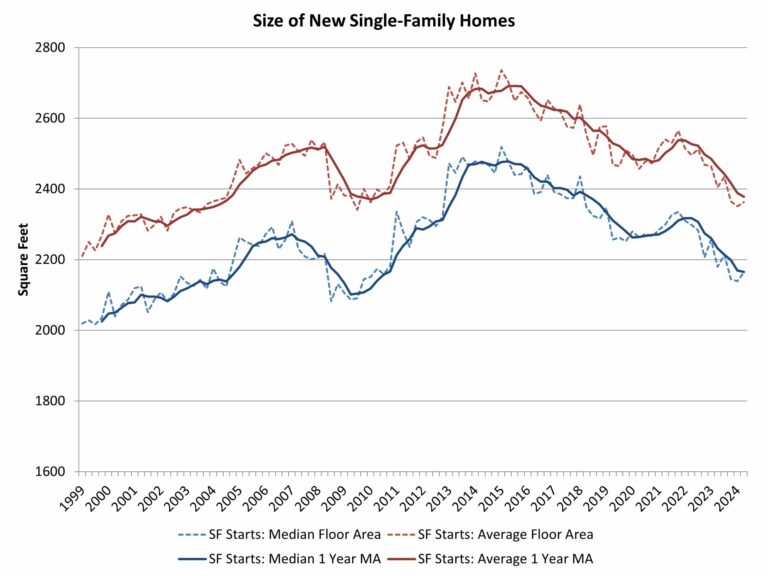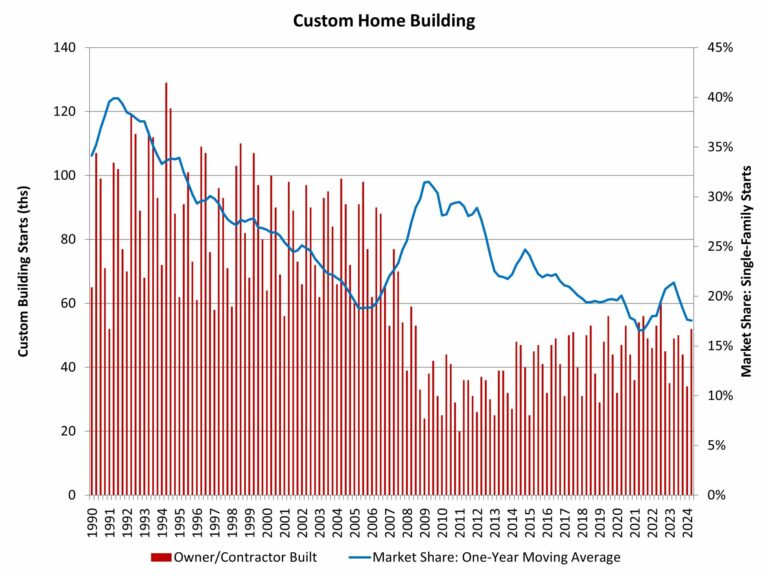Save up money. Find a real estate agent. Attend open houses. Put in an offer … or two or three or four.
Once the deal is closed, real estate agents for both the buyer and seller get paid commissions, typically by the seller.
This is a condensed version of how the home buying and selling process has functioned for years. And this process is about to change. The way real estate agents get paid will shift on Aug. 17, following massive settlement agreements that resulted from numerous class-action, antitrust lawsuits brought by home sellers over the commissions they paid to real estate brokers. The suits were filed against the Chicago-based National Association of Realtors and real estate brokerages nationwide.
In March, NAR agreed to pay $418 million as part of a settlement to resolve litigation against the organization and its members. It also agreed to amend its model rules. The settlement will be paid out over approximately four years, and around 50 million people will be eligible to receive money from NAR’s settlement. Some real estate brokerages opted to settle their own suits before and after NAR’s agreement, and some are still ongoing.
The full NAR settlement is not expected to receive final court approval until November, with the U.S. Department of Justice indicating that the terms of the settlement may not go far enough.
NAR’s settlement came after a Missouri federal jury issued a landmark $1.8 billion verdict in October of last year, finding NAR and several large real estate brokerages conspired to artificially inflate commissions on home sales. A similar case was expected to go to trial this year in Illinois federal court. The settlement resolved NAR’s role in both of those suits plus two other class actions. NAR continues to deny any wrongdoing, according to the association.
The litigation came to a head amid internal turmoil at NAR, which has undergone a series of leadership changes. Over the past year, NAR has seen two presidents and a CEO resign following allegations of sexual harassment against its former President Kenny Parcell.
Here’s what you need to know about the landmark settlements and how the changes being implemented will affect buyers, sellers and real estate agents in Illinois.
What were home sellers arguing in their lawsuits against NAR and real estate companies?
The lawsuits claimed the compensation practice for brokers was anti-competitive because it incentivized buyers’ agents to steer their clients toward sellers who were offering higher commission rates in their listings on the Multiple Listing Service. The MLS is the main tool used by real estate agents across the country to market home listings.
Historically, the seller set the commission rate when listing the home for sale and then paid the fee to their agent, who split it 50-50 with the buyer’s agent.
How is the National Association of Realtors changing its rules?
NAR is changing its rules in two main ways. It is requiring potential homebuyers to enter into written agreements — often referred to as buyer agency agreements — with their agent that state how the buyer’s agent will be paid. NAR is also removing offers of compensation to agents in the MLS.
If a broker is not a member of NAR or does not use an MLS platform that adheres to NAR’s rules, they will not be subject to these rules changes.
Can cooperating commissions be listed outside the MLS?
Some real estate brokerages are still permitting their agents to list cooperating commissions on their real estate listings outside the MLS, while others are not. A cooperating commission is the amount paid to a buyer’s agent once a transaction is closed.
Redfin will allow sellers who want to advertise an offer of compensation to do so, but will not require it, according to a statement from a company spokesperson.
Compass agents will follow a similar practice, with a company spokesperson saying it will be an “agent-by-agent decision with their clients.”
A RE/MAX spokesperson said in a statement that while the firm will not display offers of compensation on the company website, each RE/MAX office is independently owned and operated, and “it is up to offices to determine what works best for their office.”
Laura Ellis, chief strategy officer and president of residential sales at Baird & Warner, said her company will not allow its agents to list buyer or seller agent compensation on any platform.
“We will not do that because it’s going to put us right back to how we got into the situation we are in now,” Ellis said.
Mike Golden, co-CEO of @properties Christie’s International Real Estate, said that as of now, similar to Baird & Warner, the company does not have plans to list cooperating commissions outside the MLS.
“We feel like that is in direct conflict with what the Department of Justice’s goals are with the settlement,” Golden said.
On a call with reporters on Aug. 7, NAR said it would not tolerate “people making attempts to circumvent those policy changes,” but declined to comment on particular brokerages’ practices when asked after the call.
Realtors group to pay $418 million to settle litigation over broker commission fees
What does this mean for potential homebuyers?
Homebuyers will now be required to enter into written contracts with their agents before the first tour of a home if working with an agent who is a member of NAR or an agent who is using an MLS that follows NAR’s model rules. The contracts will dictate how much the buyer will pay — in either a dollar amount or percentage — their real estate agent in the event that the seller does not cover any or all of the buyer’s agent commission.
These contracts do not have to be signed if a buyer chooses not to work with an agent, if a buyer visits a for-sale home on their own or if a buyer is working with an agent who does not use a NAR-affiliated MLS. Some states already required these written buyer agreements. Illinois was not one of them, but many brokerages began encouraging their agents to use the agreements after the Missouri verdict came down.
In Illinois, there are five primary MLS platforms, and they are all implementing the changes, according to a spokesperson from Illinois Realtors, a local NAR chapter. MLS platforms also have the option to disaffiliate from NAR if they do not agree with certain model rules, according to NAR.
Even when the litigation was still winding its way through court, local real estate firms said it was no longer assumed sellers would foot the bill for both the listing agent and the buyer’s agent.
Ellis of Baird & Warner said it is still “highly likely” that buyers will ask sellers during contract negotiations to offer a concession or closing cost credit so they can pay their agent. Commission costs have typically been baked into the price of the home, something the DOJ wanted to clarify for buyers with these rules changes, Ellis said.
A landmark jury verdict threatens to upend home buying and selling. In Illinois, changes are already underway.
Do these rules apply to VA-backed mortgages?
Veterans with VA-backed mortgages are allowed to pay buyer broker fees as of Aug. 10. Prior to the settlement agreements, per the policy for VA-backed mortgages, veterans buying homes were not allowed to pay a buyer’s agent commission. The VA amended its policy in light of NAR’s rules changes because veterans could have been at a disadvantage in the homebuying market if they could not offer to pay an agent’s commission, according to the VA.
What does this mean for potential home sellers?
Sellers will maintain their ability to offer a buyer’s agent compensation or to choose not to. A seller’s agent will, however, no longer be able to list cooperating commission percentages on the MLS. If a seller does choose to cover a buyer’s agent commission, the compensation must not exceed the amount the buyer agreed to pay their broker in their buyer agency agreement.
Conversations surrounding agent commissions can still occur during the contract negotiation process for buyers and sellers.
Golden of @properties said his company has seen that sellers are still largely paying buyer’s broker compensation.
Erika Villegas, president of the Chicago Association of Realtors, said she has not seen large numbers of sellers stop paying commissions to buyers’ brokers.
“What I am seeing is that we are having a more transparent conversation with our sellers about all the choices that they have,” Villegas said. “Sellers have always had choices, but I think that we are making it even clearer now.”
Will the costs of hiring a real estate agent go down?
Data already show that commission percentages have been decreasing for years. And attorneys say they expect the rules changes will lead to lower commission fees because agents will be forced to compete on service.
Since the NAR settlement, average buyer’s agent commission percentages have declined locally and nationally, according to recent data from Redfin. In Chicago, the average commission was 2.35% for the four weeks ending July 14, 2024, compared to 2.44% for the four weeks ending Jan. 28, 2024. Nationally, buyer’s agent commissions have declined from 2.62% to 2.55%. Redfin said these trends follow yearslong gradual declines, but buyer’s agent commissions in dollar amounts are up this year due to rising home prices.
In the past, real estate agents were typically compensated 5% to 6% of the purchase price of a house by the seller, an amount that usually got split in half between the buyer’s agent and the seller’s agent. Local real estate agents maintain the commission percentage has always been negotiable. NAR vehemently denies that there were ever “standard” commissions and also says its members’ clients have always been able to negotiate commissions.
Golden of @properties said he has not seen commission percentages go down.
As workers return to the office, residents are moving back to Chicago and other cities, driving up home prices
What do these changes mean for the real estate industry as a whole?
It is still too early to know exactly how the policy changes will affect potential homebuyers and sellers.
“I just think it’s going to be a bumpy ride for a while,” Ellis of Baird & Warner said.
But some signs of a changing market are underway. Ellis’ firm is seeing agents leaving their roles and expects to see more do the same, she said.
At the end of June 2023, Baird & Warner had 2,226 agents; for the same time this year, the firm had 2,161 agents, an approximately 3% loss of the company’s agent headcount, with no notable decrease after the settlement announcement in March, Ellis said.
Ellis said it’s hard to tell if agents are leaving because of the Aug. 17 changes. She thinks it is more likely due to the challenging market conditions. Either way, she believes it is a “good thing,” Ellis said.
“The Realtors who are going to survive this and thrive are your really high-integrity, highly professional, really smart agents, and I think that is better for everybody,” Ellis said. “The bar of entry was just too low in our industry.”
In its second quarter earnings, RE/MAX reported a 3,581 decline in its year-over-year U.S. agent headcount, a 6.3% decrease, as of June 30.
Villegas of the Chicago Association of Realtors said the trade group has not seen a dropoff in membership since the settlement announcement but a “re-engagement of members” to make sure they are prepared for the changes.
Redfin has seen its agent headcount tick up by 61 nationally, a roughly 3.7% increase, between the first and second quarters of this year. Compass saw an even bigger increase in its headcount due to recent acquisitions, according to its second quarter earnings report.
Golden of @properties said his company has not seen any unusual attrition following the settlement agreements, and the company has already been navigating some of the market changes in Indiana, as buyer agency agreements became mandatory in that state July 1. So far, it has been a “pretty seamless process,” Golden said.
“Every brokerage company is faced with the same questions and faced with the same changes, and every company will adapt in their own way,” Golden said.
ekane@chicagotribune.com
Originally Published: August 13, 2024 at 5:00 a.m.










